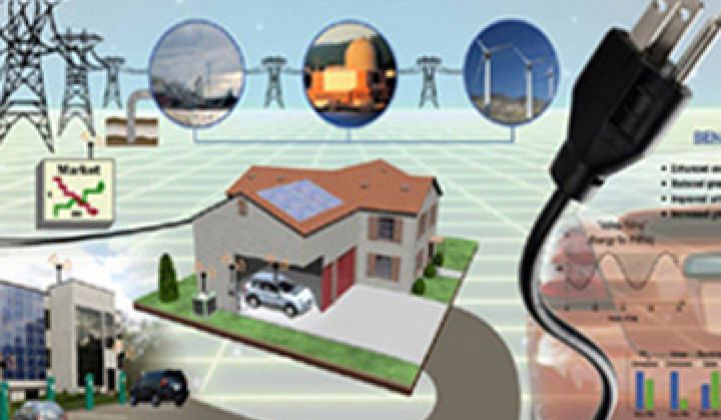As I take my leave as president of the GridWise Alliance, I feel pride in our accomplishments and gratitude for having been involved in a period of enormous growth in the industry and organization. Alliance membership grew during my tenure from 70 to 150 members. These new members included stakeholder groups like the automotive and buildings sector that could join forces with the existing ICT, telecom, and manufacturing components and the utility and system operator member base. We started building relationships with consumer groups and were founding members of the Smart Grid Consumer Collaborative, bringing together regulators, consumer advocates, and industry leaders.
We advocated for and helped secure $4.5 billion in the Recovery Act for smart grid projects in virtually every state. As a result of the stimulus, we have been moving from metering-only projects to holistic end-to-end solutions for the grid. Projects are growing from pilots in scope and size to more wide-scale deployment. We have started collecting data and doing a better job quantifying the benefits of smart grid.
This is all positive, but what do we still need to do? I hope that GridWise Alliance and other thought leaders will keep questioning ourselves and finding collaborative solutions. It will take the collective efforts of utilities, manufacturers, innovators, regulators, legislators and consumer advocates to take our grid to its fully modernized potential. To achieve a truly balanced and smart grid, we will need renewable resources and energy storage to be linked seamlessly with EV charging and distributed power sources like rooftop solar. We will need to share success stories as well as lessons learned from challenges.
Rather than running from media inquiries and consumer push-back, we need to proactively ask ourselves hard-hitting questions and not fear the response as we strive for solutions that benefit everyone on the grid. These questions might focus on security, privacy, investment, and consumer engagement.
How secure is our grid? While smart grid technologies could potentially be hacked, could they also prevent catastrophic attacks by allowing greater visibility of the grid in real time? How do we use enormous amounts of data productively while ensuring the protection of personal information? While smart grid technologies collect a great deal of consumer usage data, could they not also provide a better response system for medically at-risk and elderly consumers?
How do we incentivize investment in innovation in a regulated, risk-averse system? We have an opportunity as a nation to build a strong new manufacturing base and export our clean technologies globally if we can create mechanisms for spurring those investments. Can we do this without a federal energy policy that puts a price on carbon? Are there other policies, at the federal, state or local level, we can support that can move in a bipartisan way and not get bogged down in politics?
Finally, how do we ensure that consumers truly do benefit by having more choices and control, by providing tools for energy savings, and by connecting us all in ways we can only imagine now? The smart grid will need to be that system of systems -- electric, gas, water, built environment, transportation -- involving all participants in those systems, so that our energy future will be cleaner and more sustainable. We need to make sure to empower not just residential consumers but small businesses that are feeling the pain of the economic crisis so acutely.
And what did I learn from this experience? I learned that it will take more than a village to build smart grid and that there is plenty of room for us all to solve these challenges in our own way. I assume the GridWise Alliance will continue to work on these issues; you can bet that I will, too.
***
Katherine Hamilton is the outgoing president of the GridWise Alliance.



